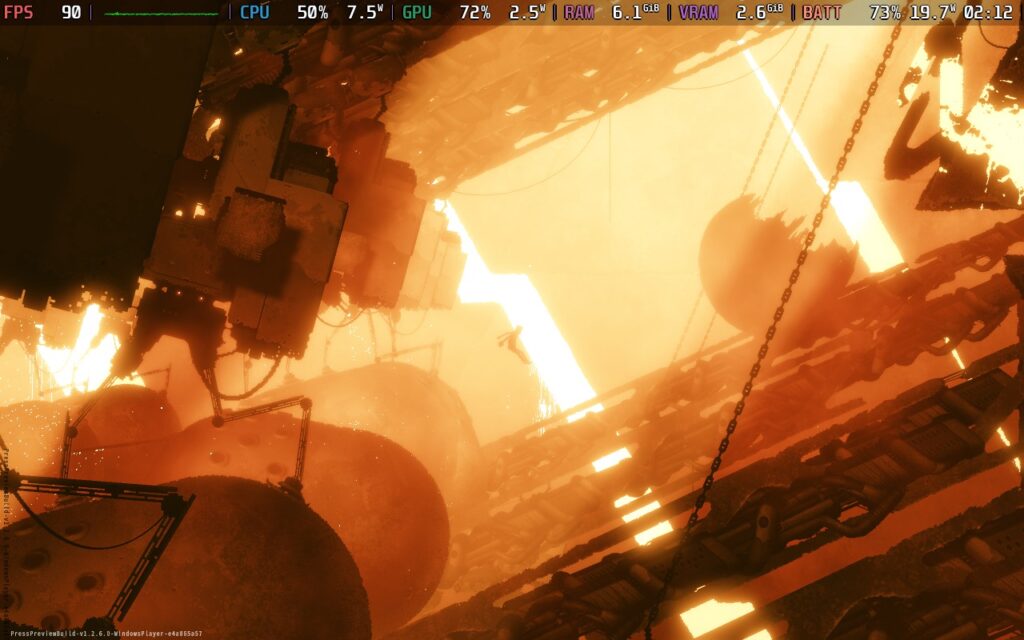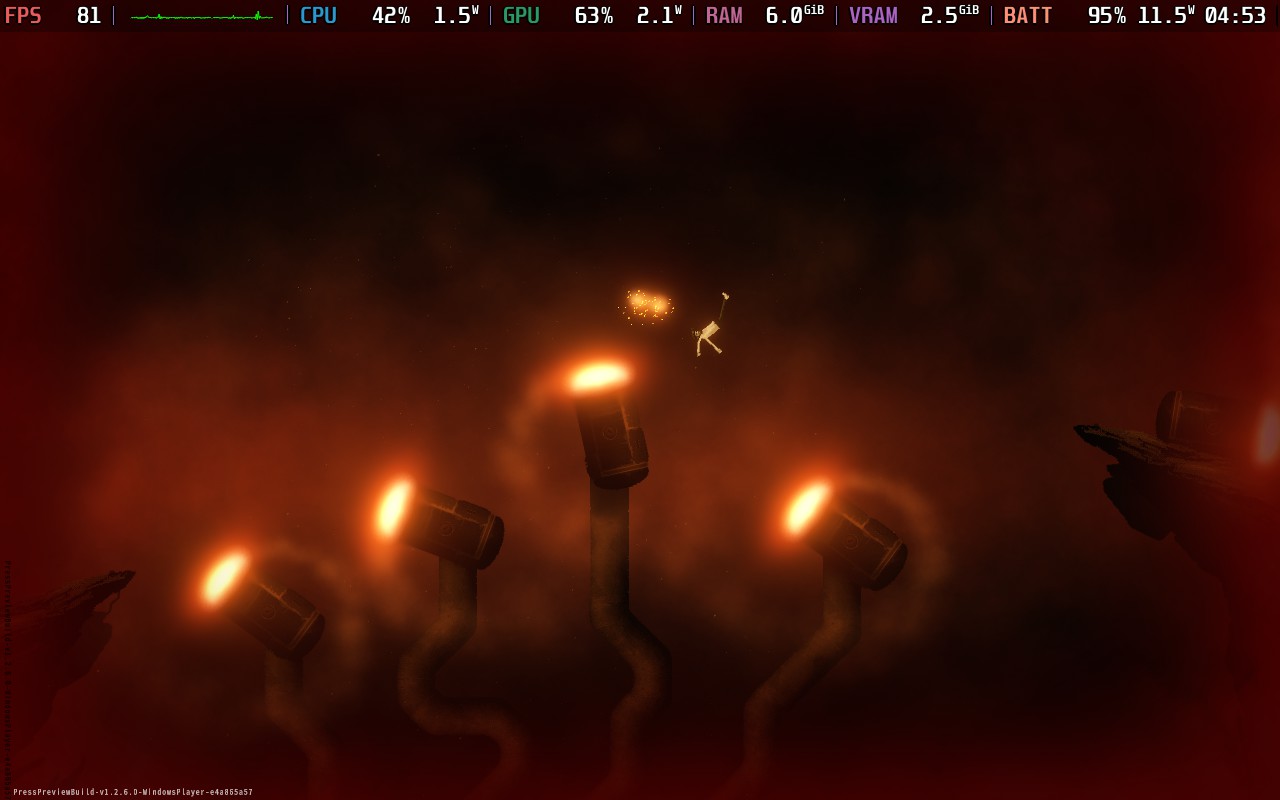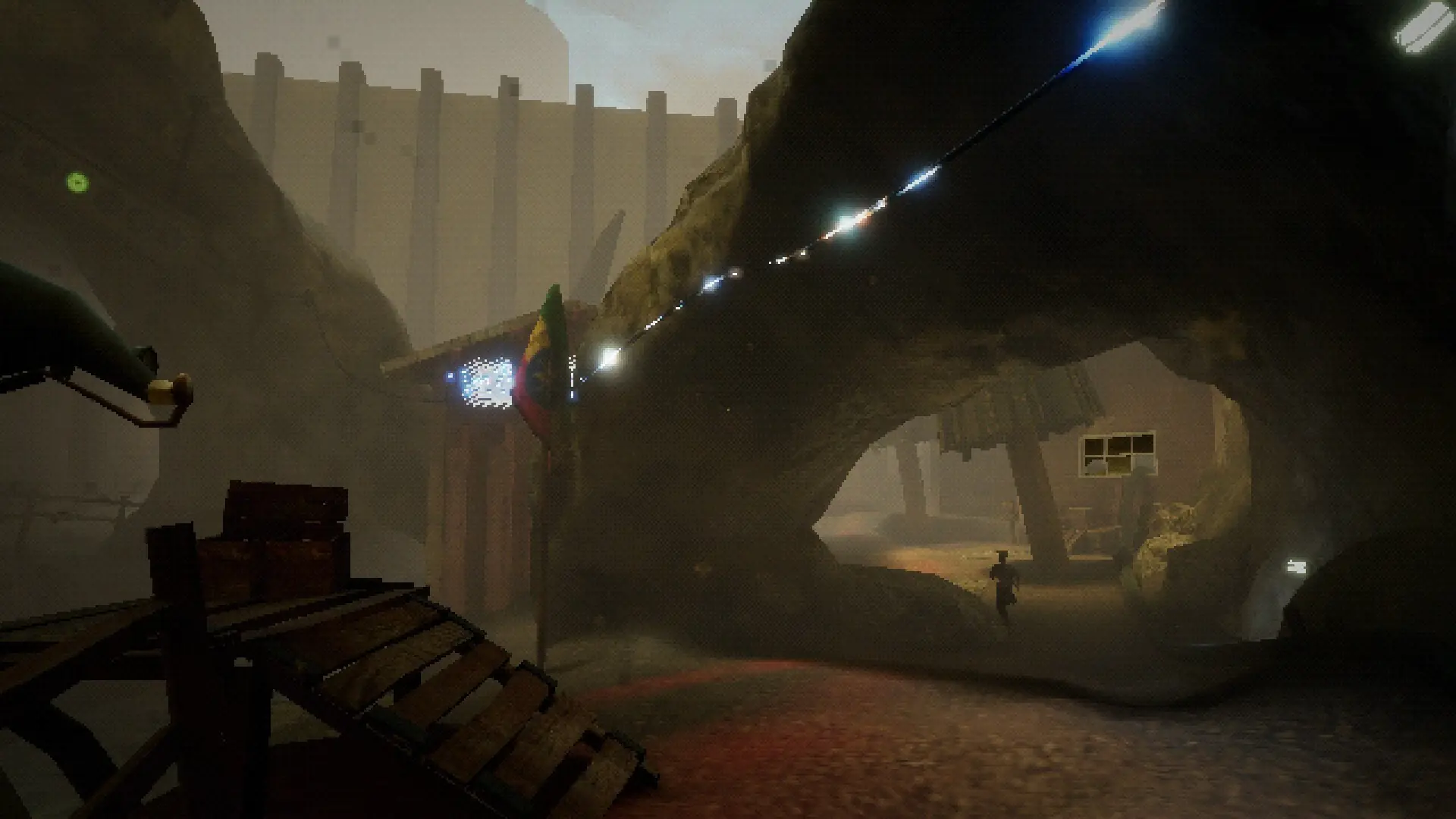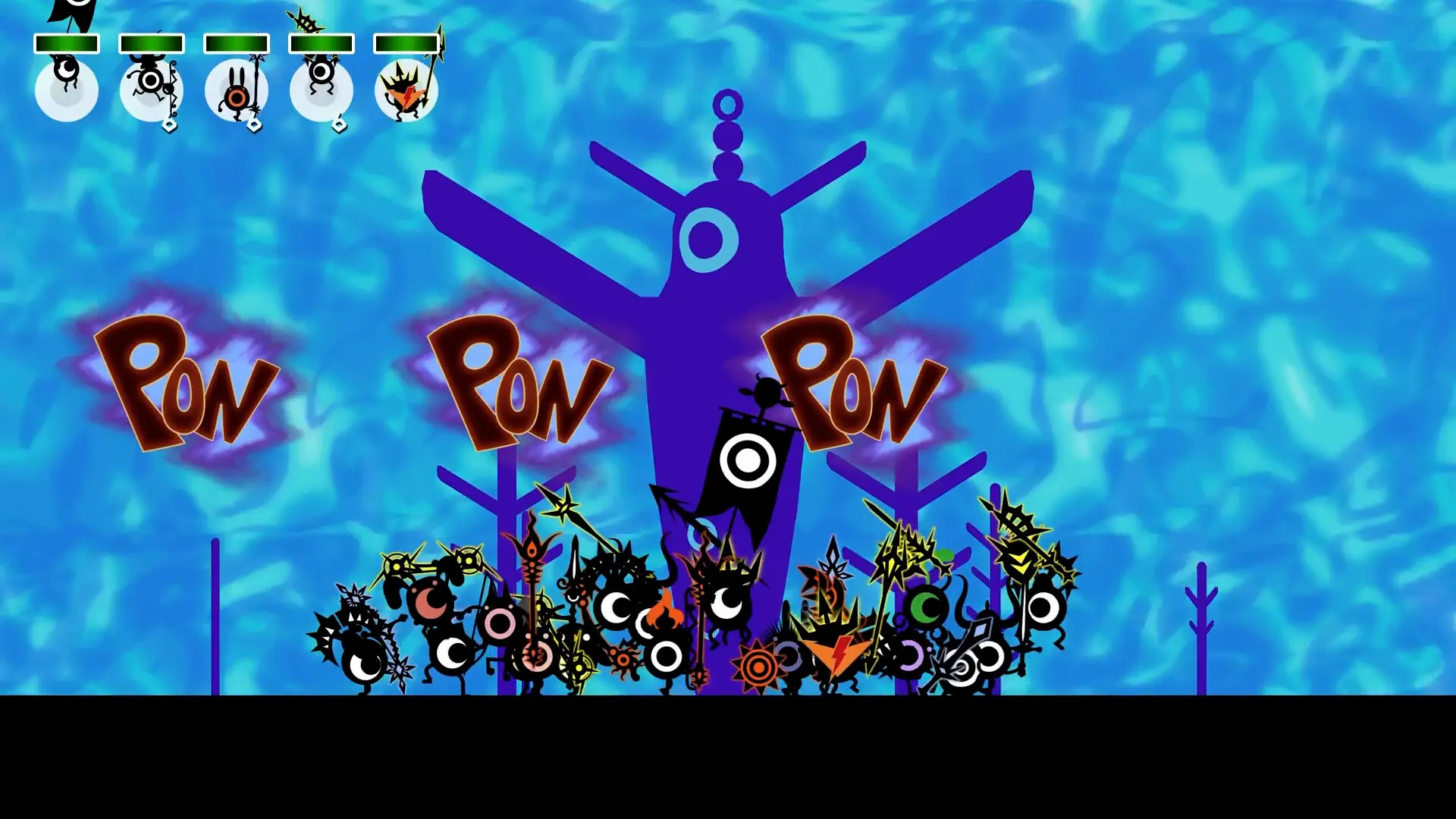If you haven't yet, follow us on X (Twitter), Mastodon, or Bluesky to know when we post new articles, and join our Reddit or Subscribe to us on YouTube to check out our content and interact with our awesome community. Thank you for supporting us!
I was lucky enough to have the opportunity to play Bionic Bay early ahead of its full release in April, and I’ll be honest, I was not disappointed!
Bionic Bay is a precision platformer that throws you into a beautifully detailed yet dystopian biomechanical world. You play as a scientist determined to find your way through a dangerous landscape. But this isn’t a simple A-to-B journey. Expect to be crushed, blasted apart, melted by lasers, and ragdolled against every surface imaginable. The danger ramps up quickly, and survival depends on mastering the simple yet intricate mechanics when paired together.
Precision and fluidity define Bionic Bay’s gameplay. The game starts with a straightforward tutorial level, introducing you to various mechanics, but soon expects you to seamlessly chain multiple actions together to progress.
One of the standout features is the unique swap mechanic. Early on, you obtain a tool to tag an object and switch places with it. At first, this helps with simple progress, but it gets more complex, like flinging yourself at something that will kill you and swapping places with the tagged object to block a hazard or trigger explosions that clear a path.
There are also moments where time slows down under a specific ray of light, which allows you to cross complicated paths. These moments are timed, so you must be clever with your next move. Soon enough, the possibilities feel almost endless, and trial and error seem to be encouraged. Death is barely a setback, with quick respawns that keep the momentum going, so don’t be afraid to take some sneaky risks. Some puzzles can be tricky, and some left me stuck without much guidance. Thankfully, I didn’t find anything too difficult, and figuring out the right actions to progress was very rewarding.
The more time I spent with Bionic Bay, the more I discovered what can be done with your movements, far outweighing what can’t. The Steam page proudly promotes Bionic Bay as "Platforming Built for Speedrunning," and the Online Mode further proves this. You can customize your scientist’s look and put your skills to the test against other players, racing to achieve the best times. I think I managed to set some decent numbers, though I have no doubt they’re probably ‘rookie numbers’ and will be completely obliterated by more skilled players by launch.

With Bionic Bay, many sections allow you to take your time, take in the scenery, and plan your next moves, but there are plenty of sections that demand rapid reflexes, fast decision-making, and near-perfect execution with no warning. These high-octane moments are exhilarating, especially when paired with the game’s pulse-pounding music. The balance between methodical problem-solving and intense, fast-paced action keeps the experience engaging, though the demanding nature of some sections can at first feel overwhelming; you never feel defeated by it. You learn and progress, adding the new combo you figured out to your ever-expanding skill set.
The sound design in Bionic Bay is pretty great. Clanking metal, distant creatures, echoes, explosions, and even the subtle drip of water all enhance the game’s atmosphere. Visually, Bionic Bay is breathtaking and, for me, one of the most attractive parts of the game. The pixel art is incredibly detailed. The intricately crafted backgrounds and environments are wild. Massive credit to Mureena and Psychoflow Studio for their stunning art and level design. The combination of these great audio and visual elements enhances your already immersive experience, which strengthens the game’s unique dystopian tone.
In terms of performance, it’s always a relief when a game runs flawlessly on the Steam Deck without requiring tweaks, and Bionic Bay delivers exactly that. Out of the box, it runs smoothly with no noticeable hiccups or graphical issues. The visuals are crisp, colors are bold, and on the OLED model, those blacks are deep, only adding to the stunning visuals presented here. Since speedrunning and precise controls are a major focus, this high level of smooth performance ensures that players can push their limits without technical frustrations getting in the way.
During cut scenes, the game would flow at a solid 90 FPS with some minor dips here and there. During gameplay, it was typically a constant 60 FPS throughout with the rare slight dip, but nothing noticeable, with a battery drain that could fluctuate depending on the area I am in when at a higher frame rate lock. Locking in at 60 FPS is probably the way to go for the best stability and less battery drain, while still getting that smooth feeling.
Bionic Bay is shaping up to be a must-play for fans of precision platformers and speedrunning challenges. Its sharp movement, flexible mechanics, and polished presentation offer an incredibly rewarding experience. And on the Steam Deck, it runs flawlessly. Whether you're here for the visuals, the fun precision platforming, or the thrill of shaving milliseconds off your best run time in Online Mode, Bionic Bay is worth watching.
If you enjoyed this article, check out the rest of the content on SteamDeckHQ! We have a wide variety of game reviews and news that will help your gaming experience. Whether you're looking for news, tips and tutorials, game settings and reviews, or just want to stay up-to-date on the latest trends, we've got you covered!














